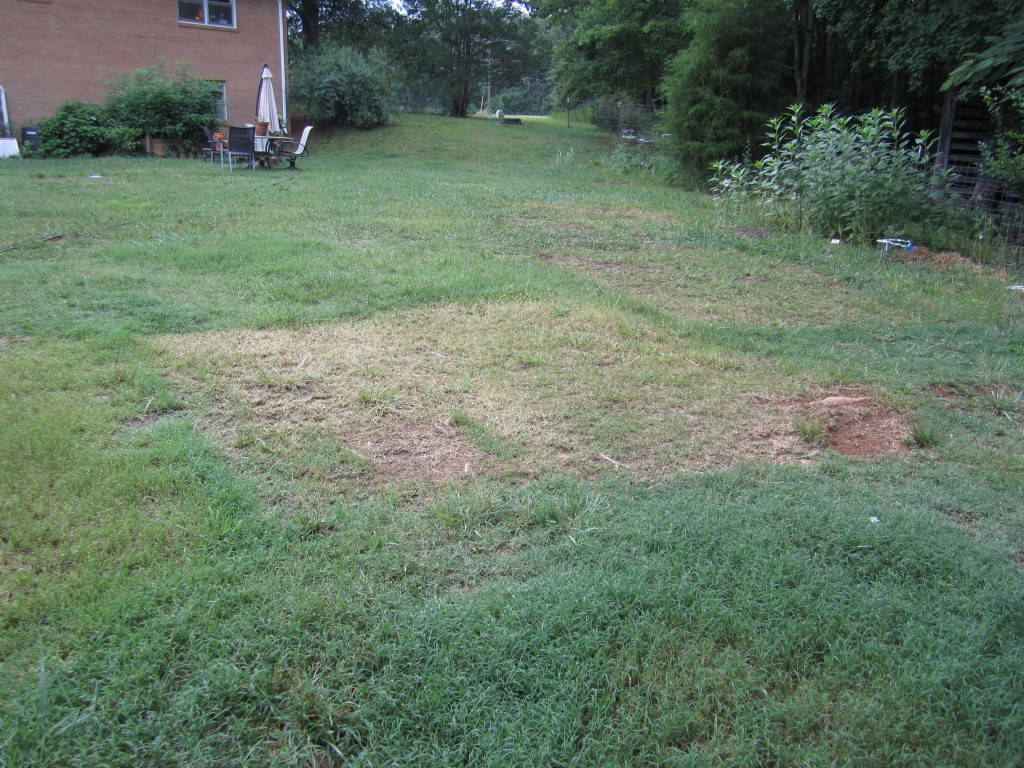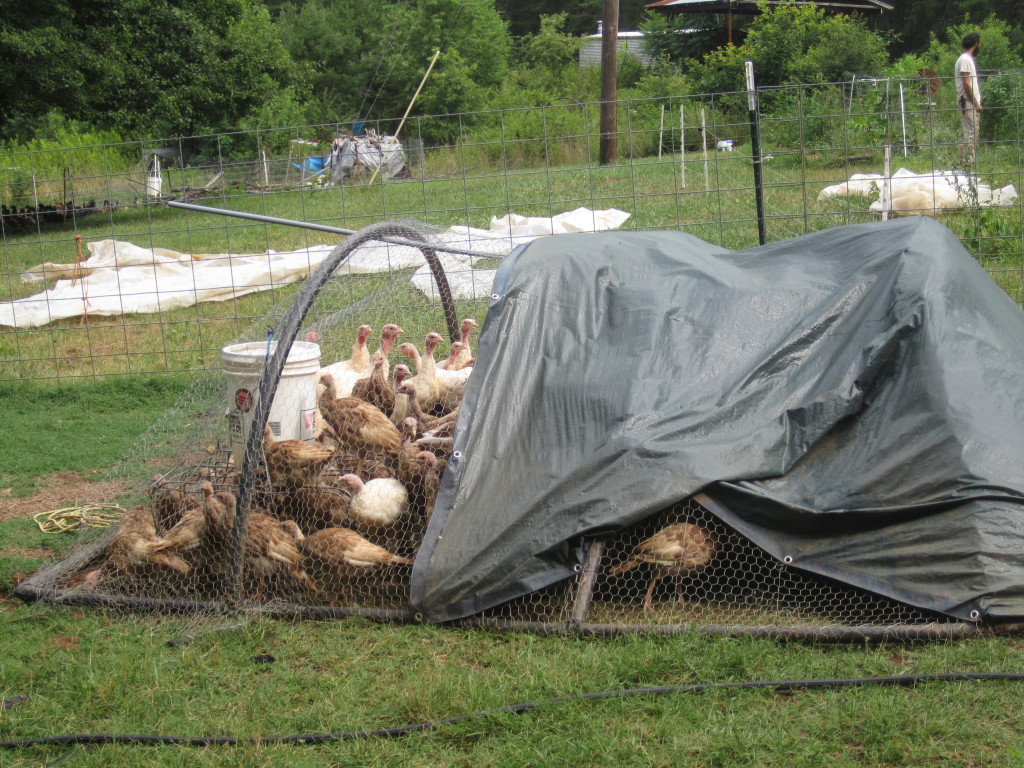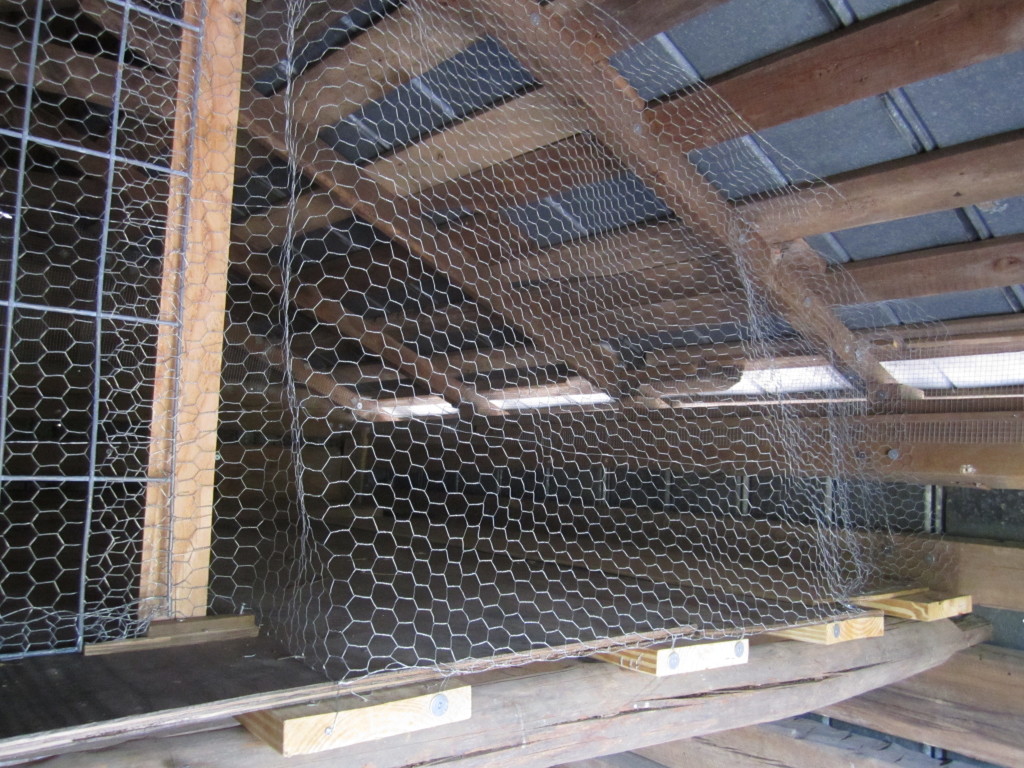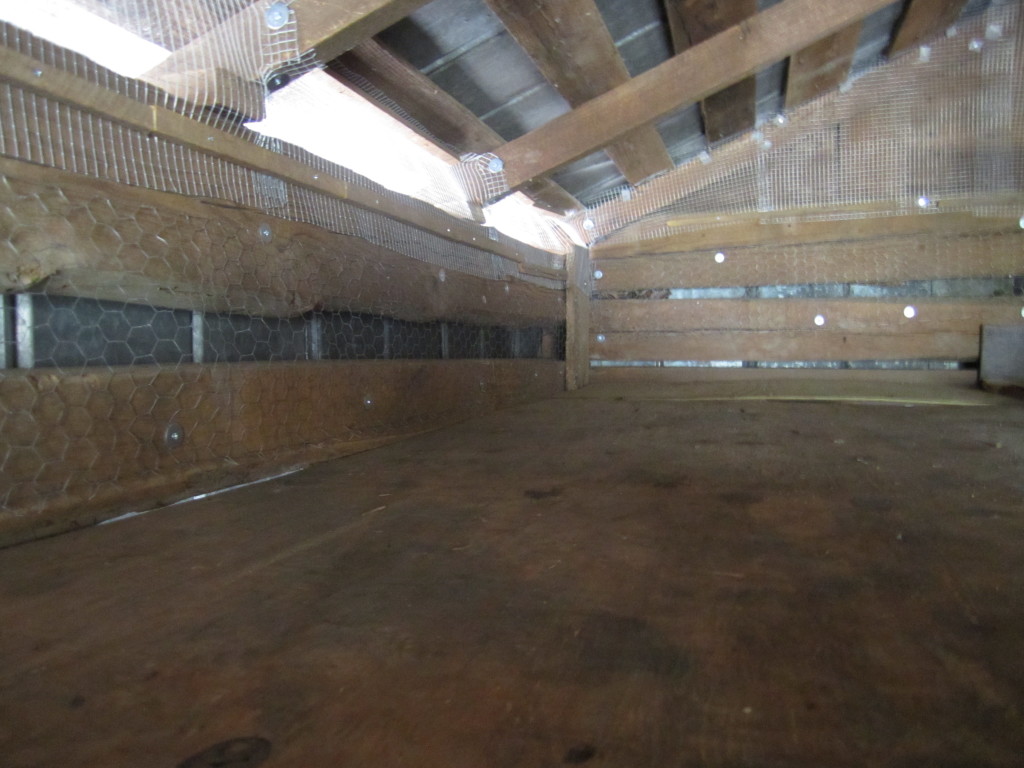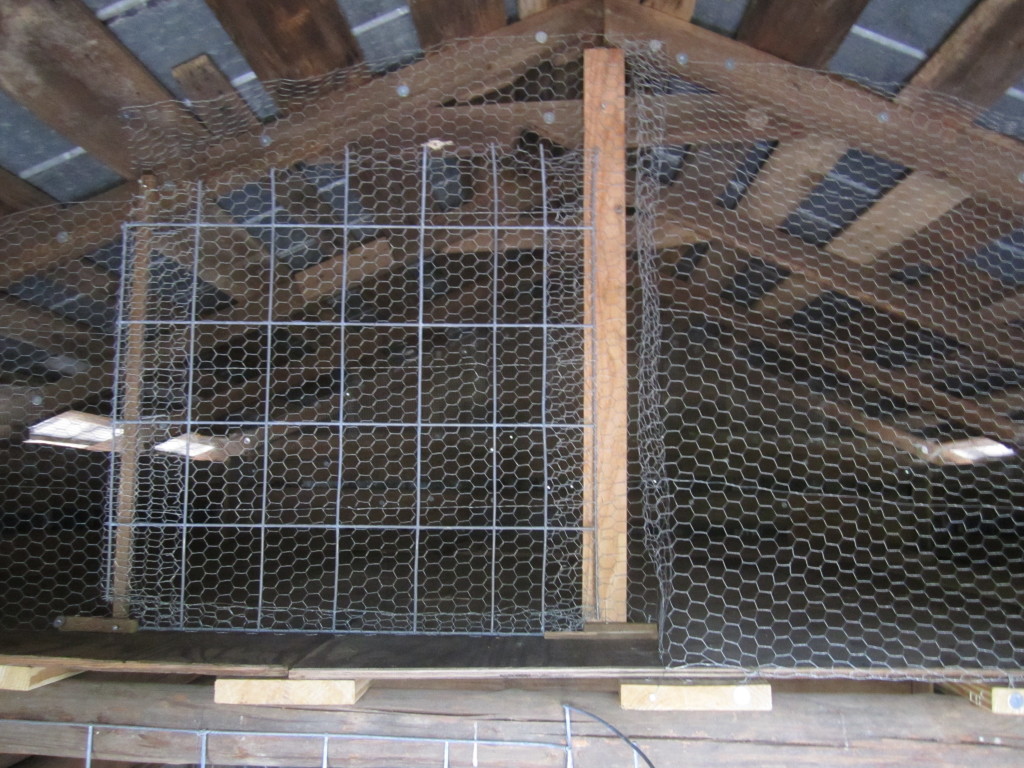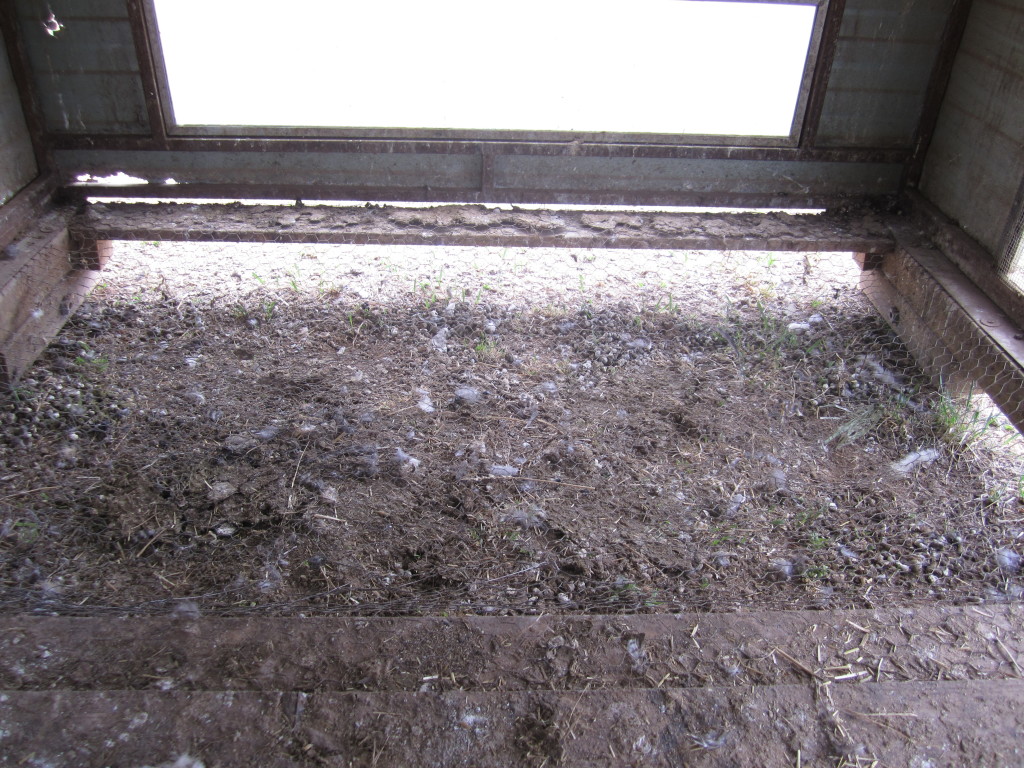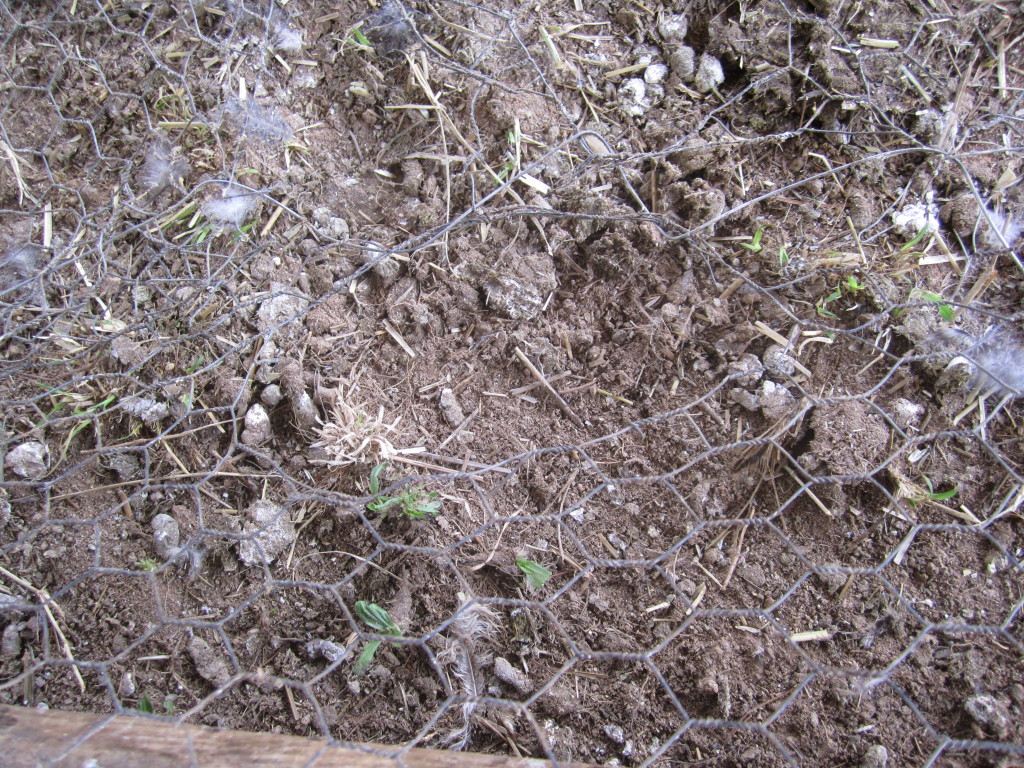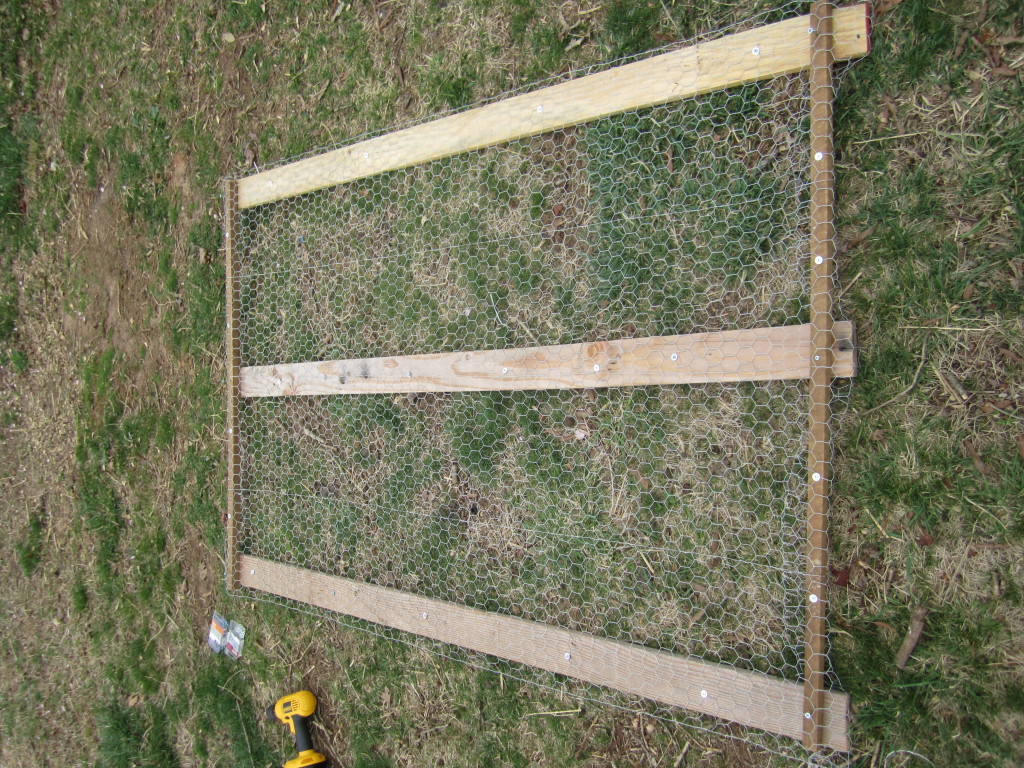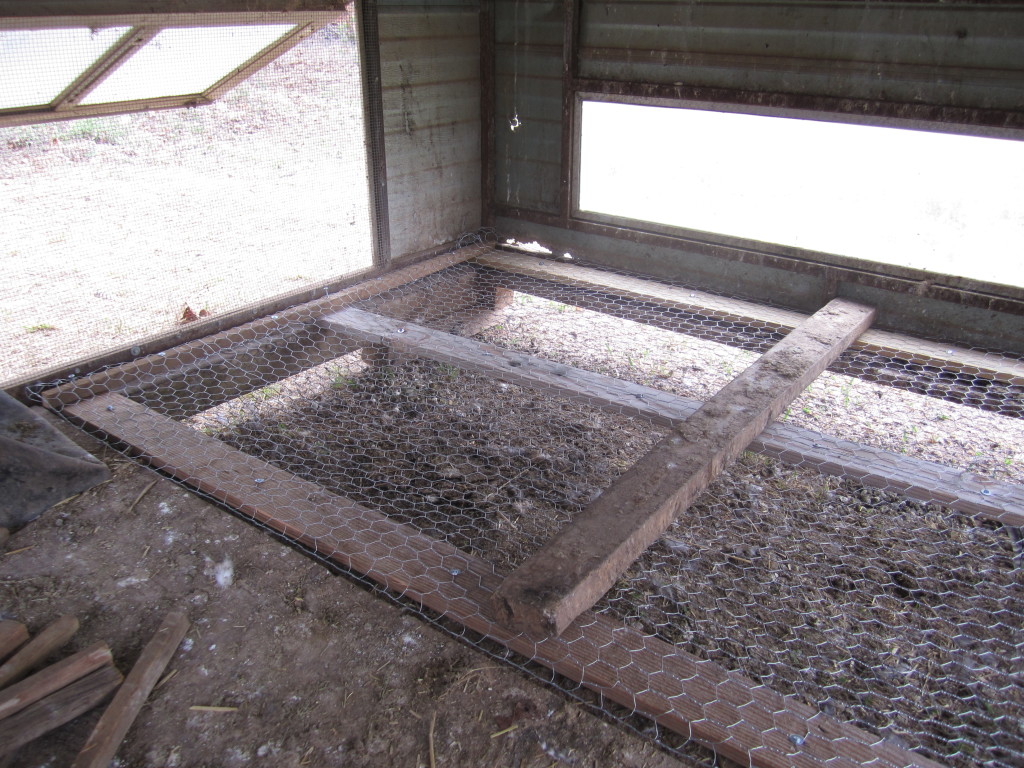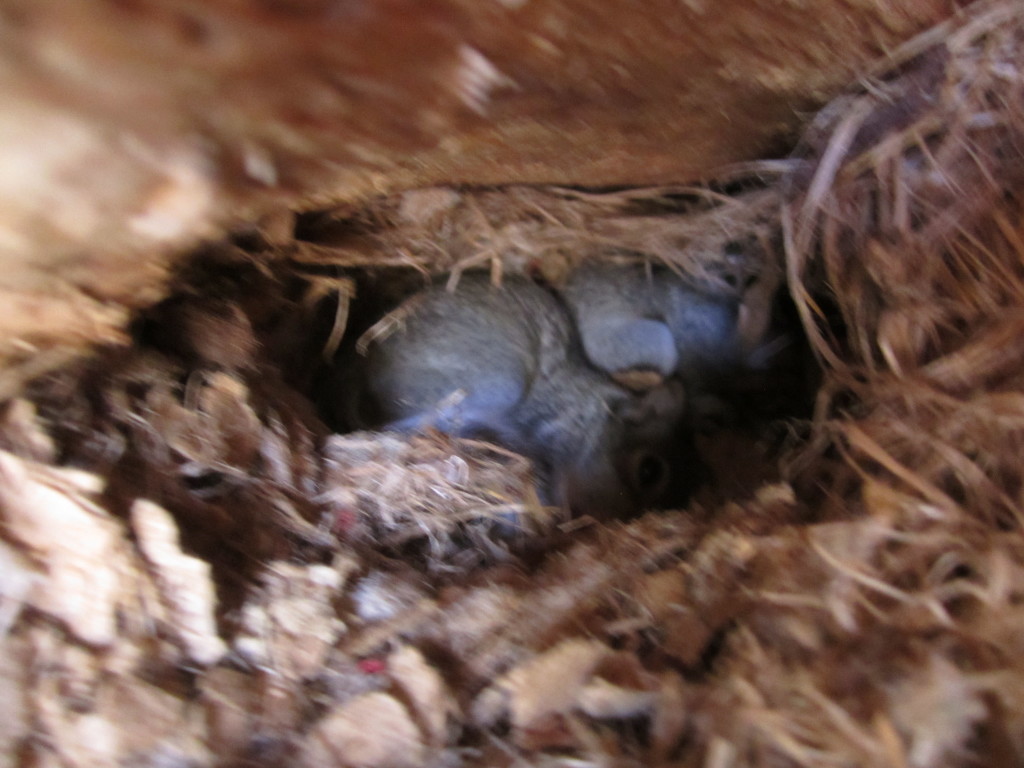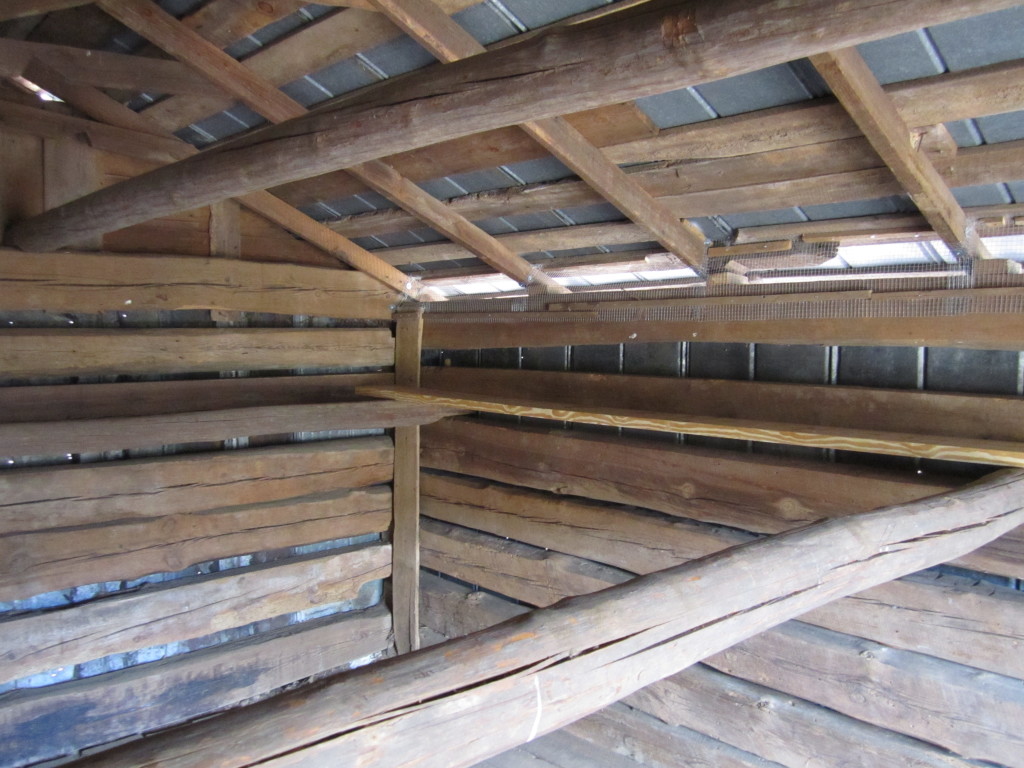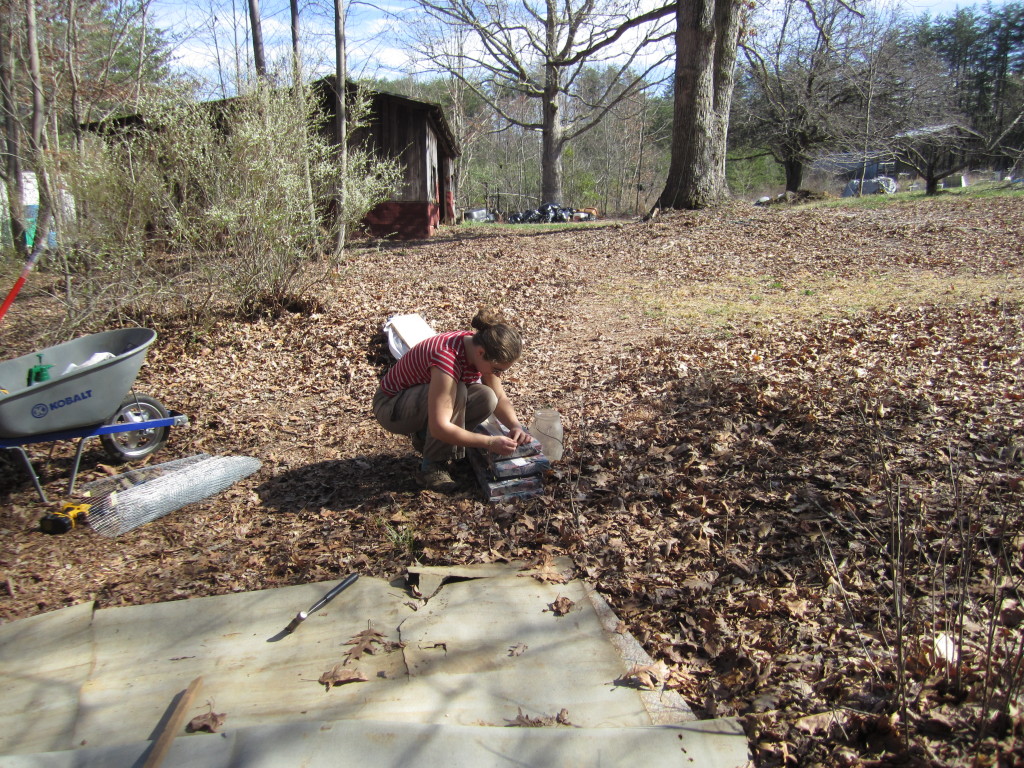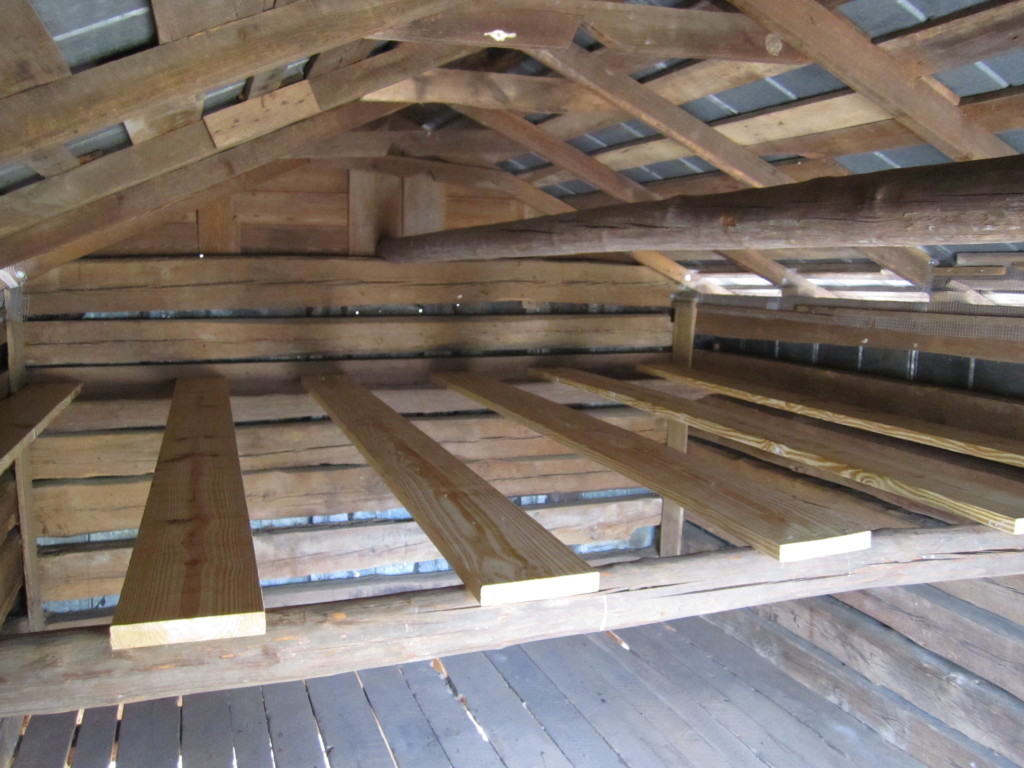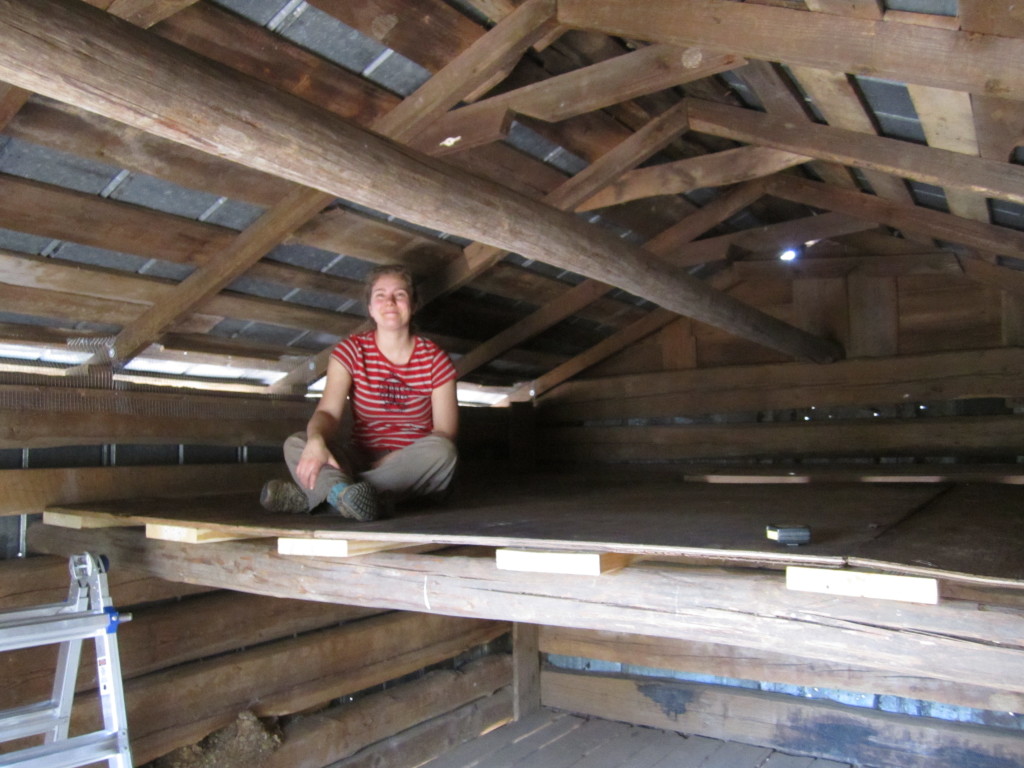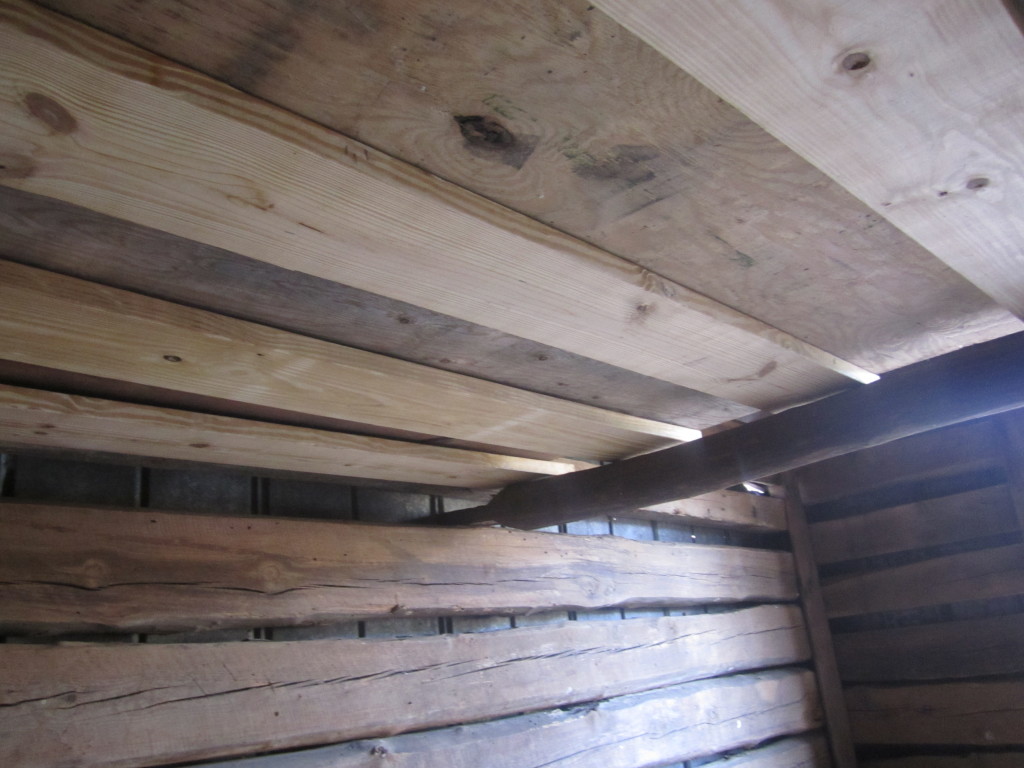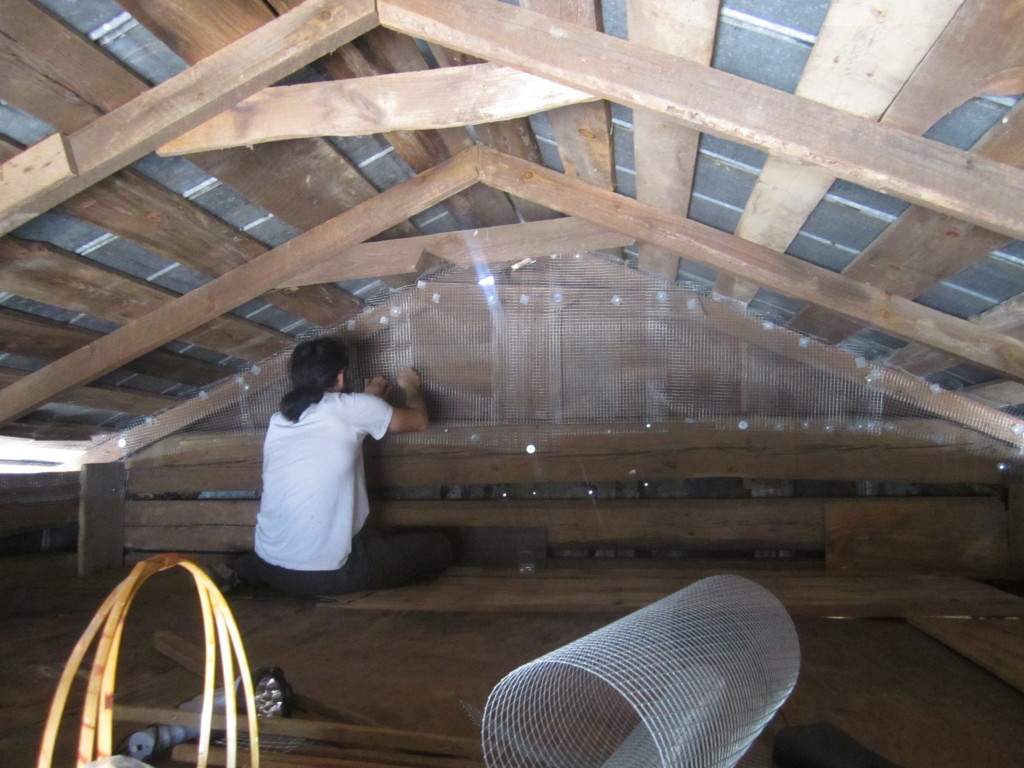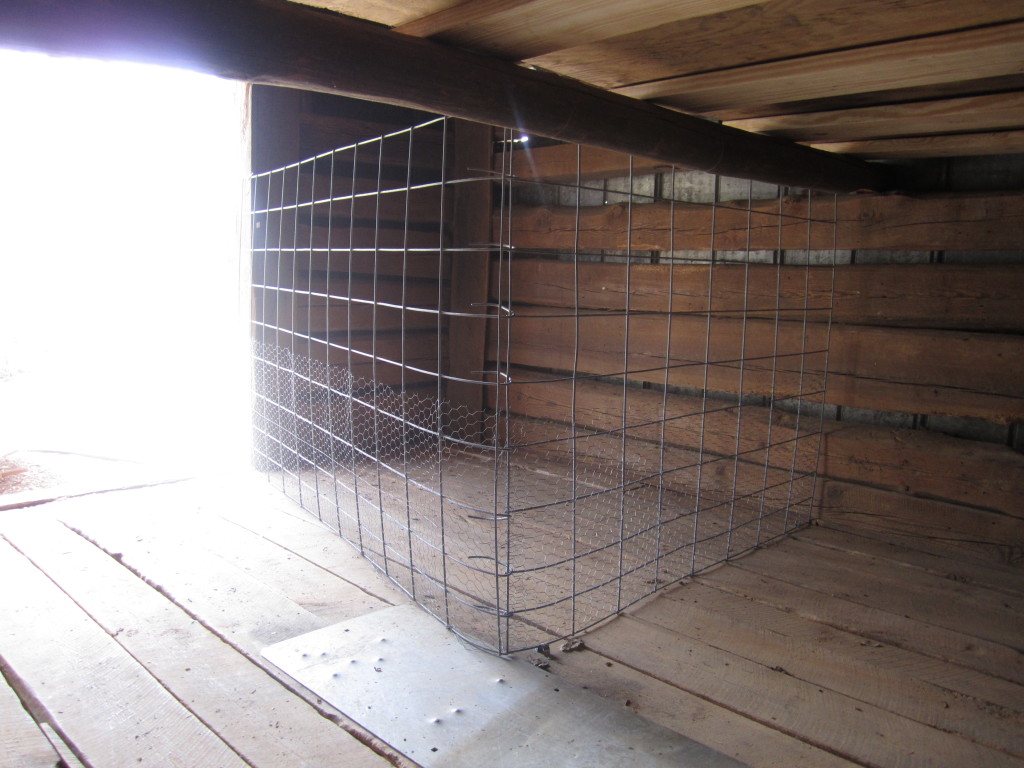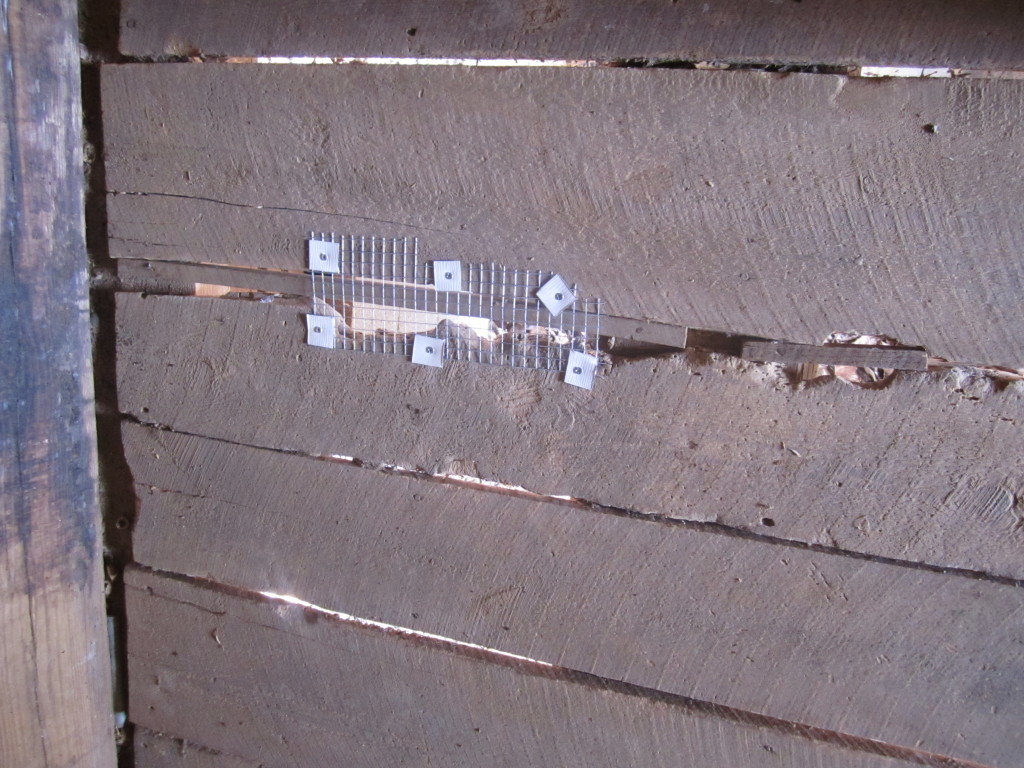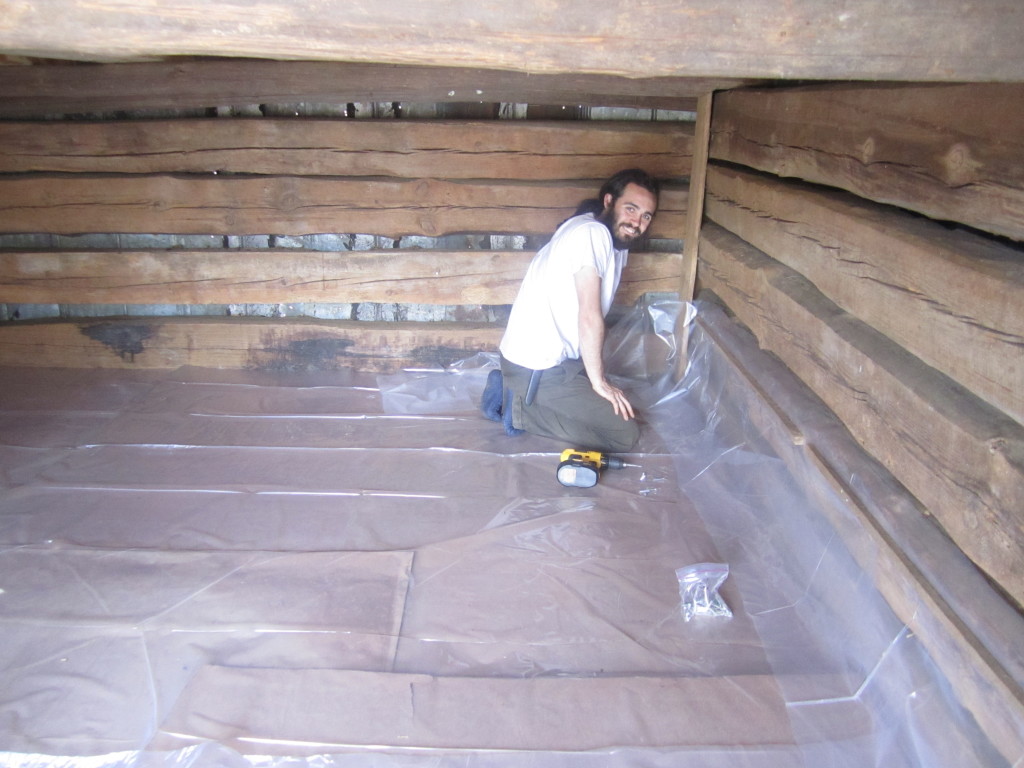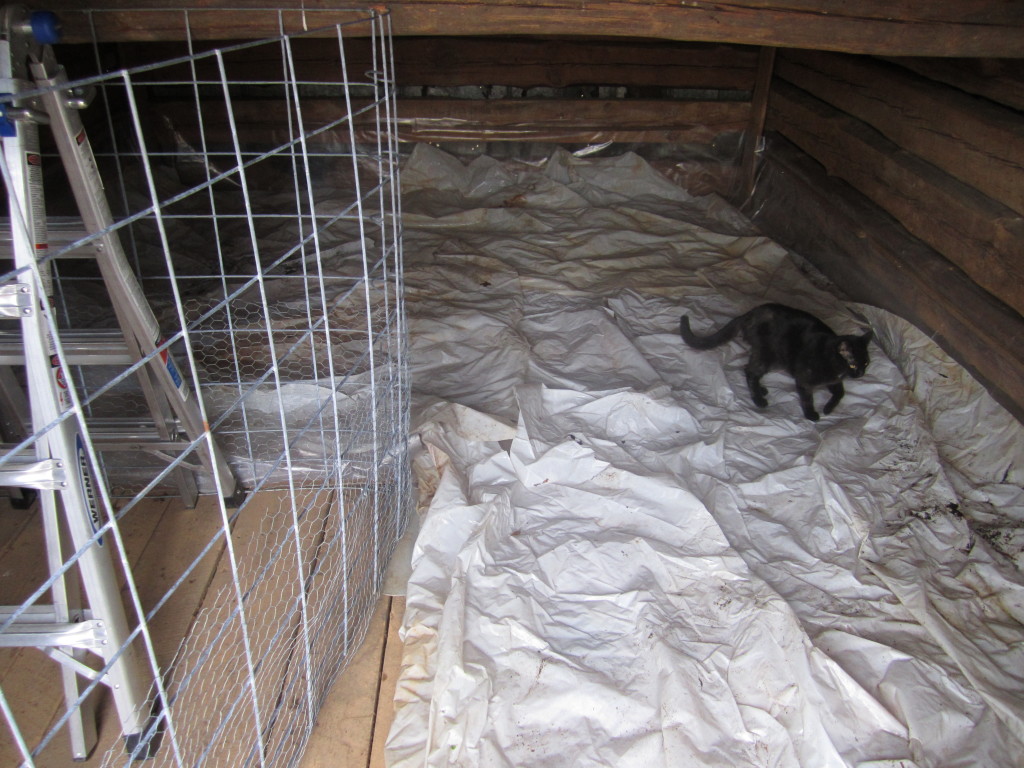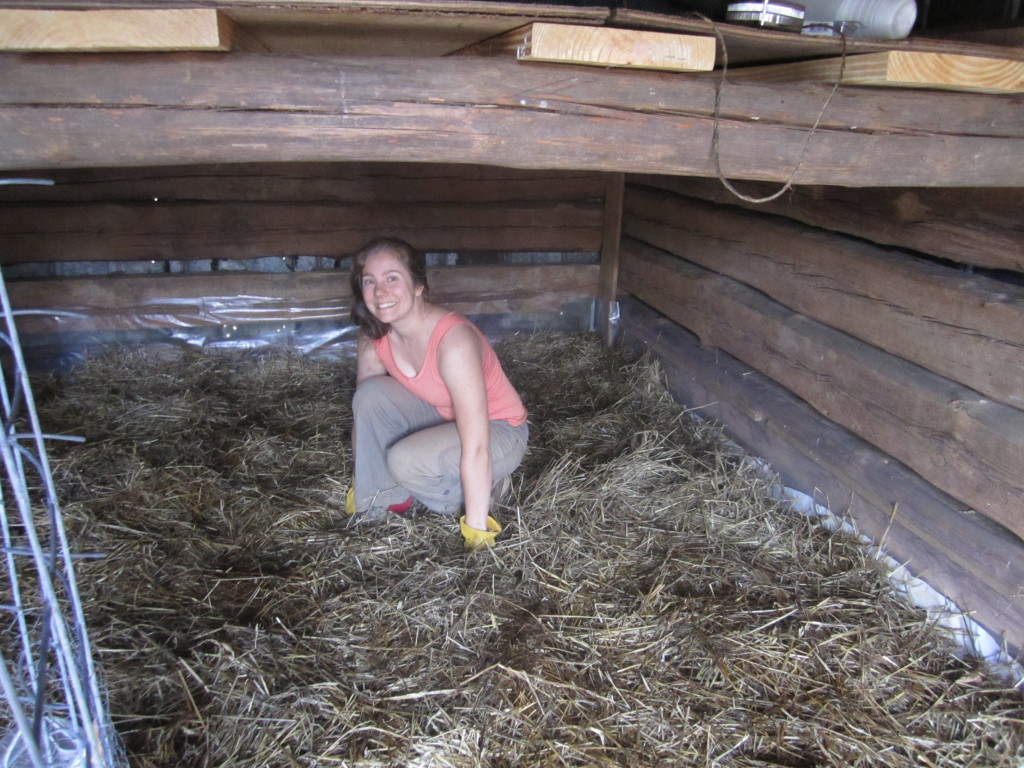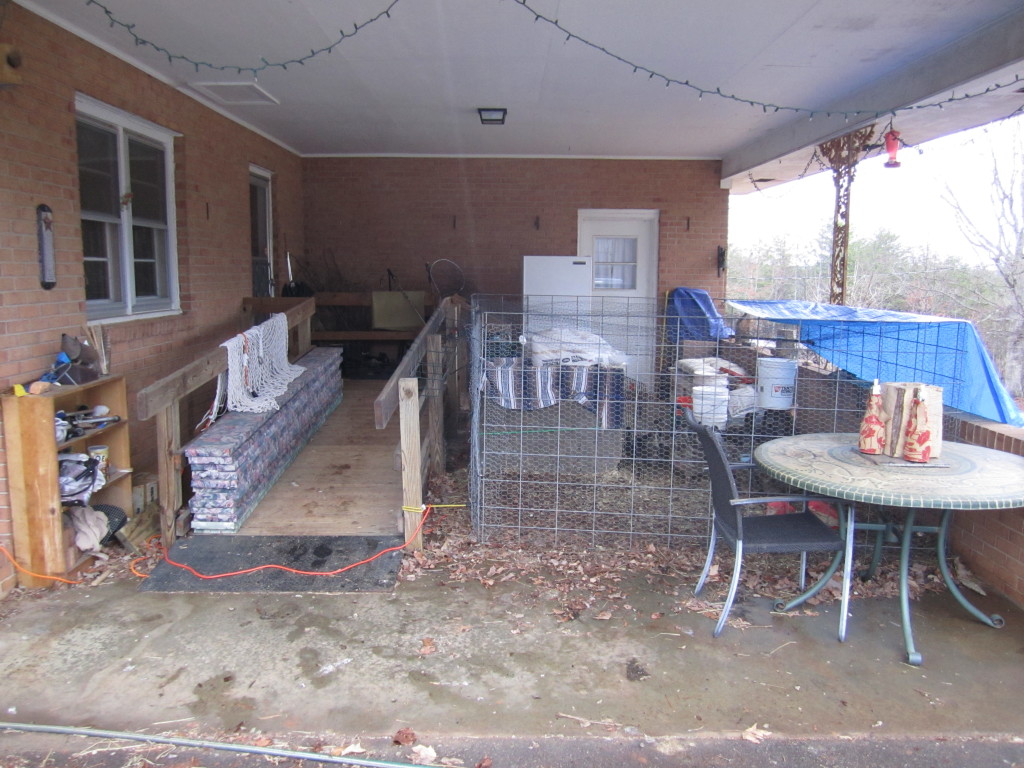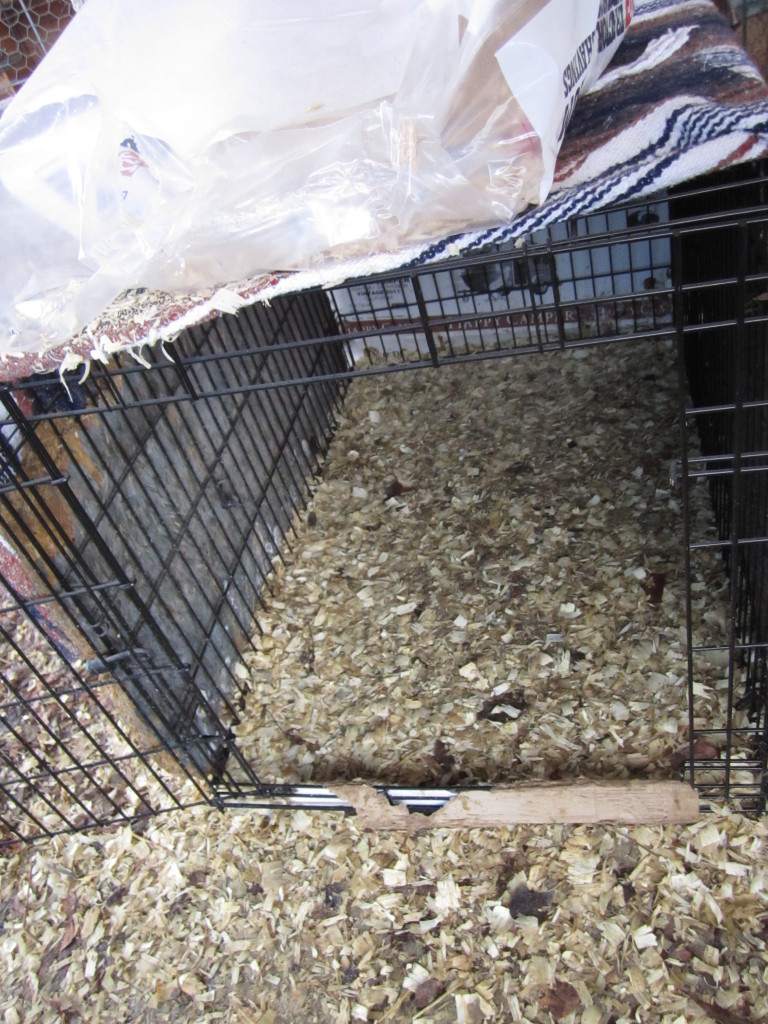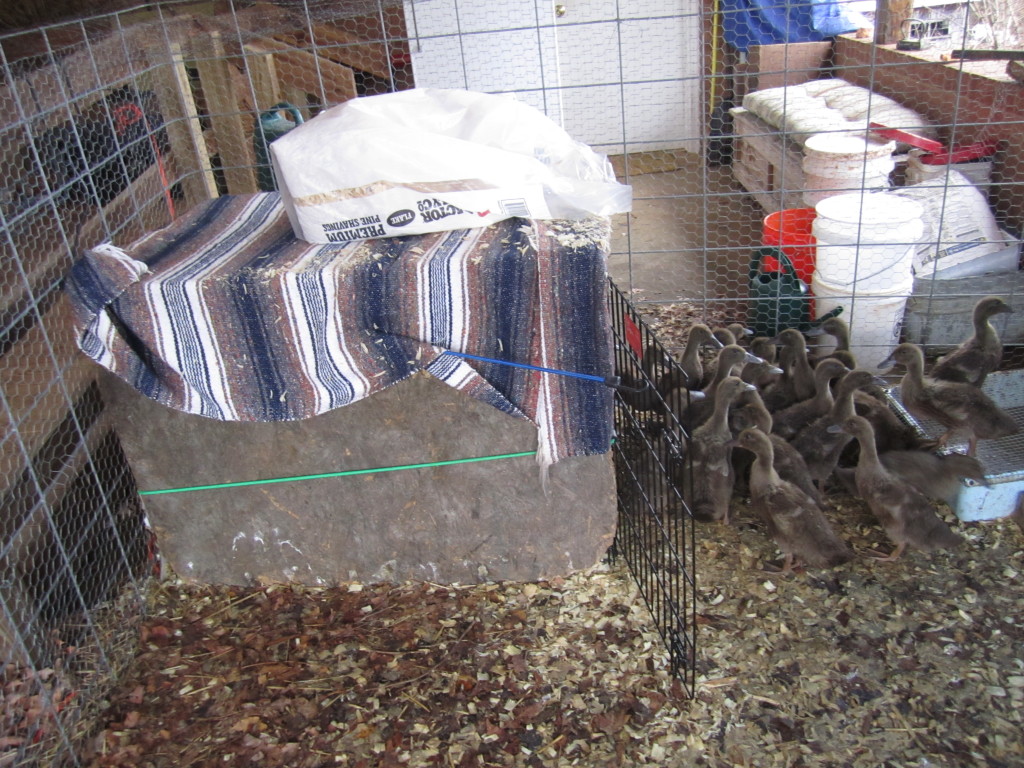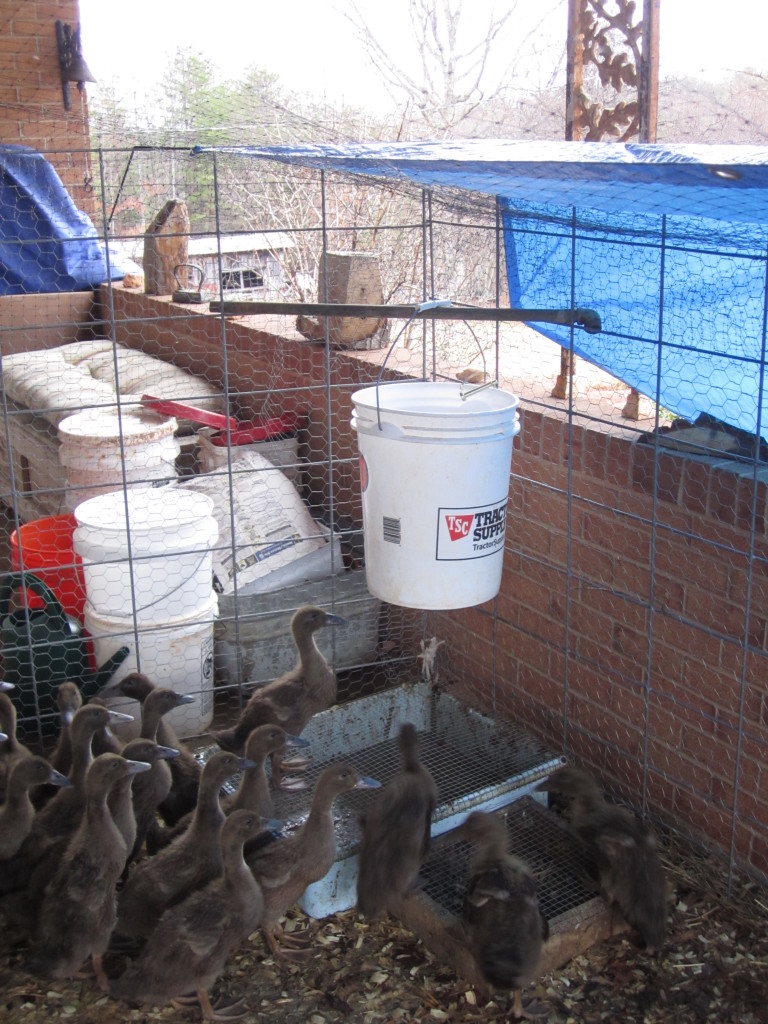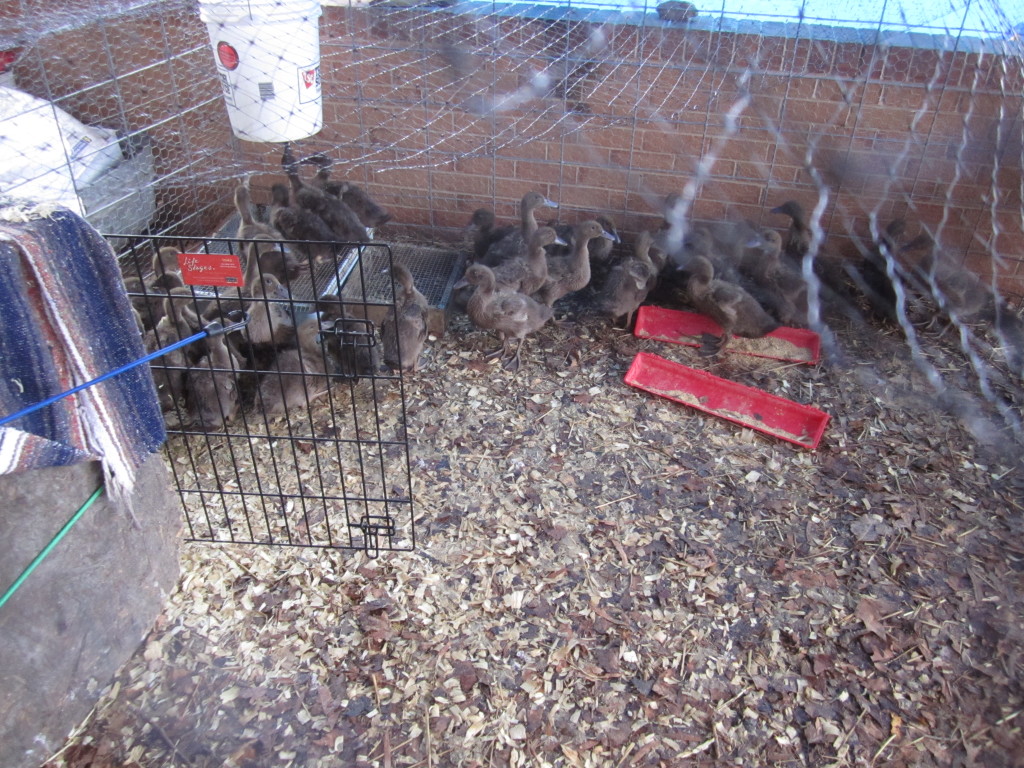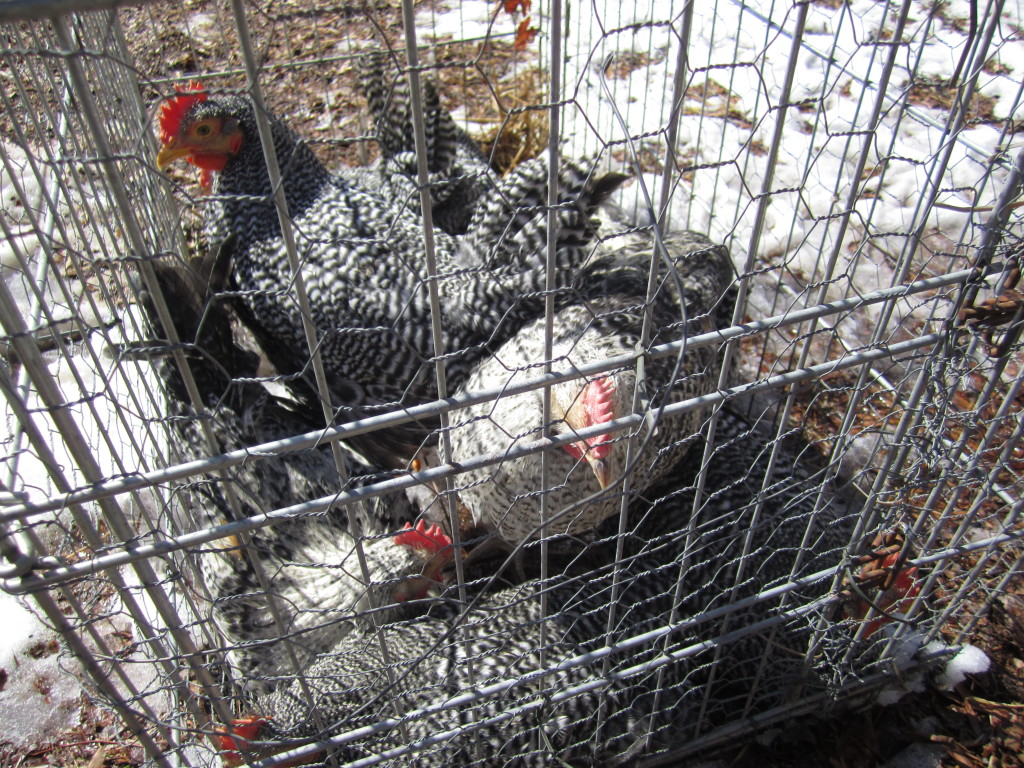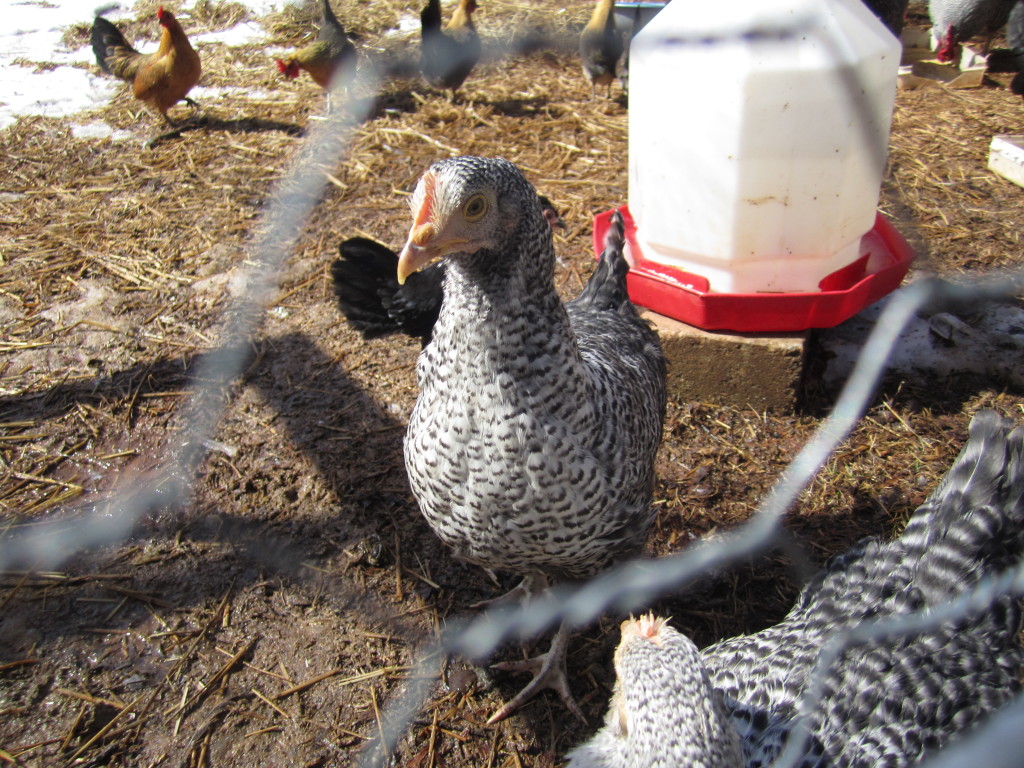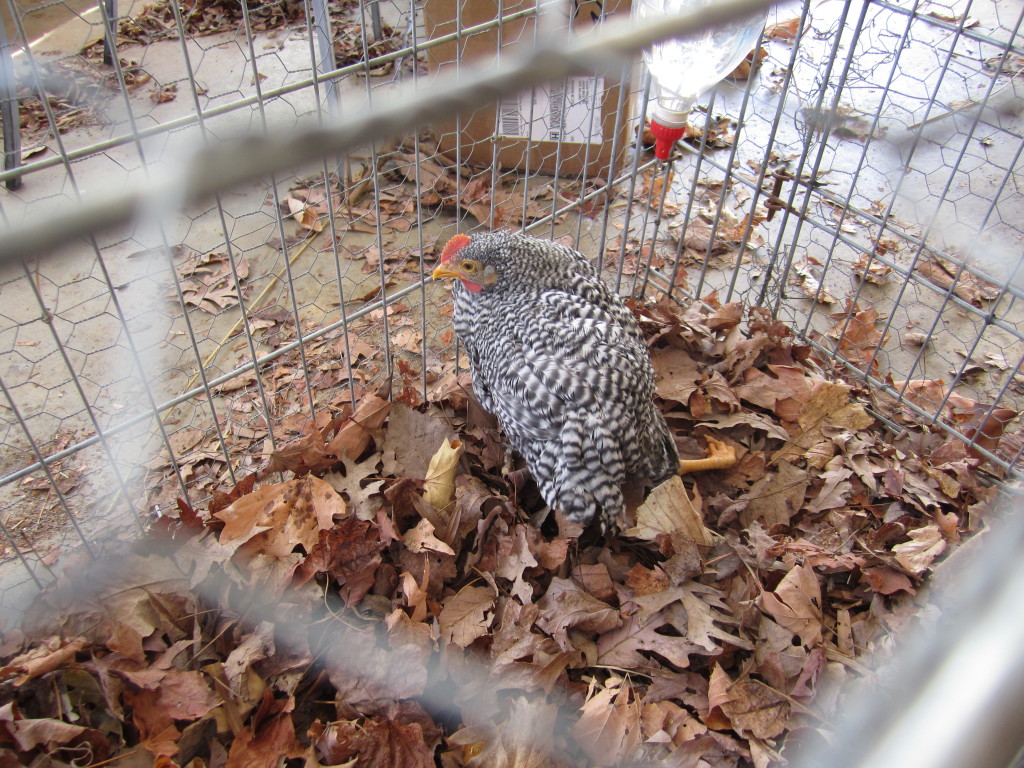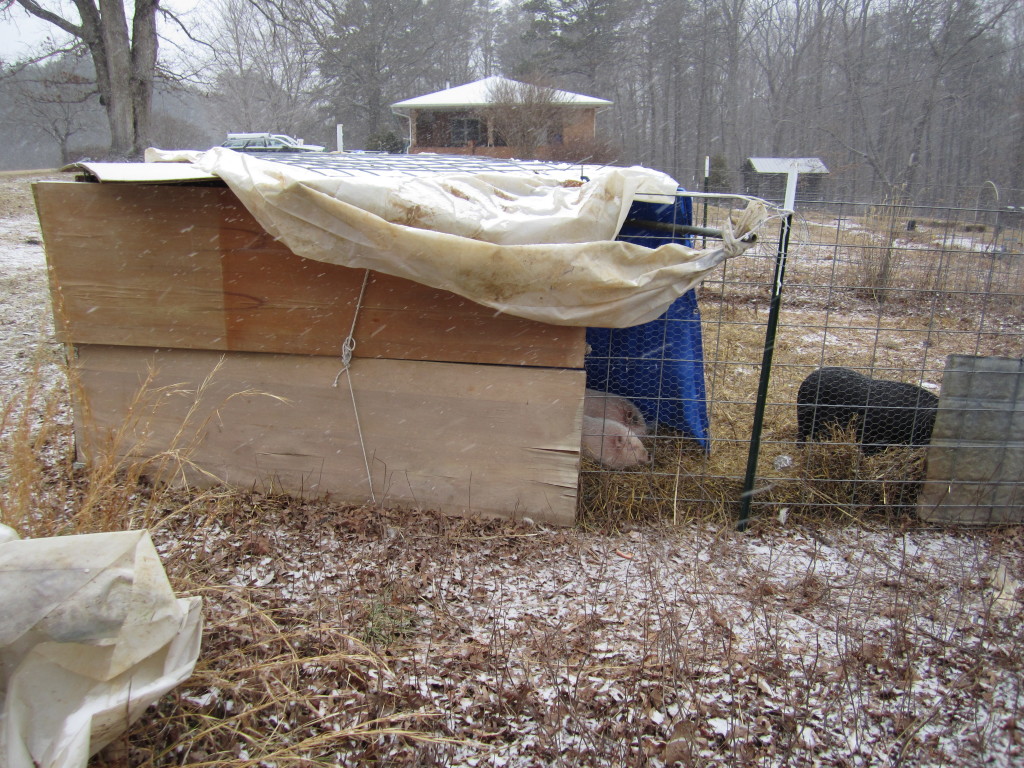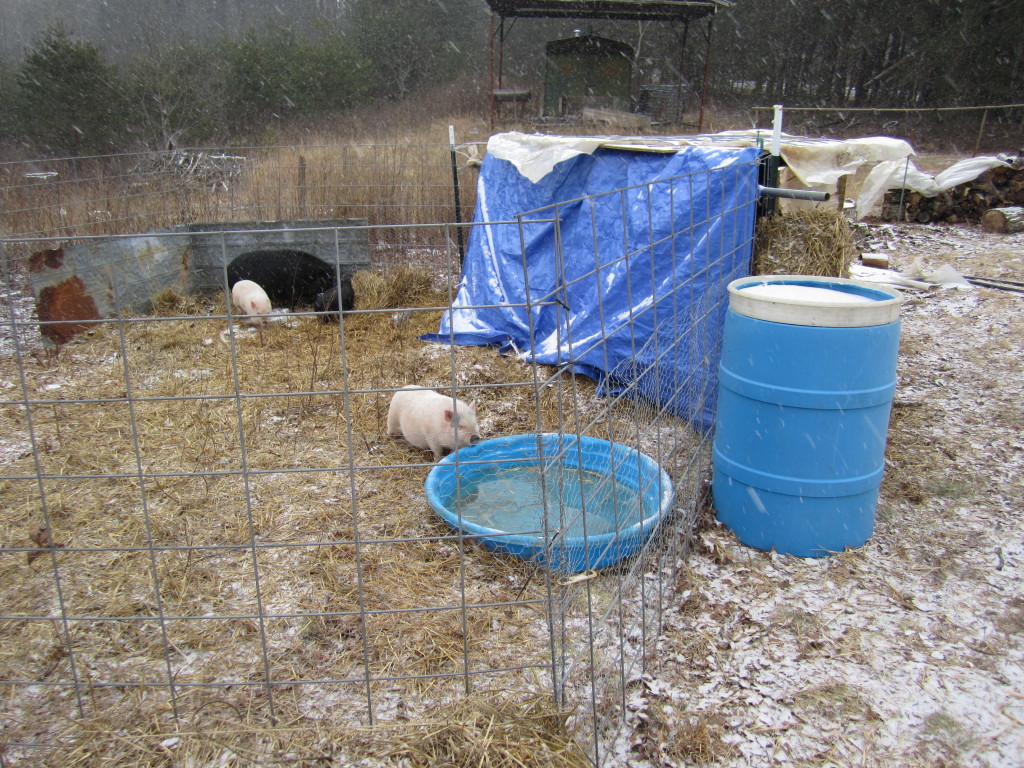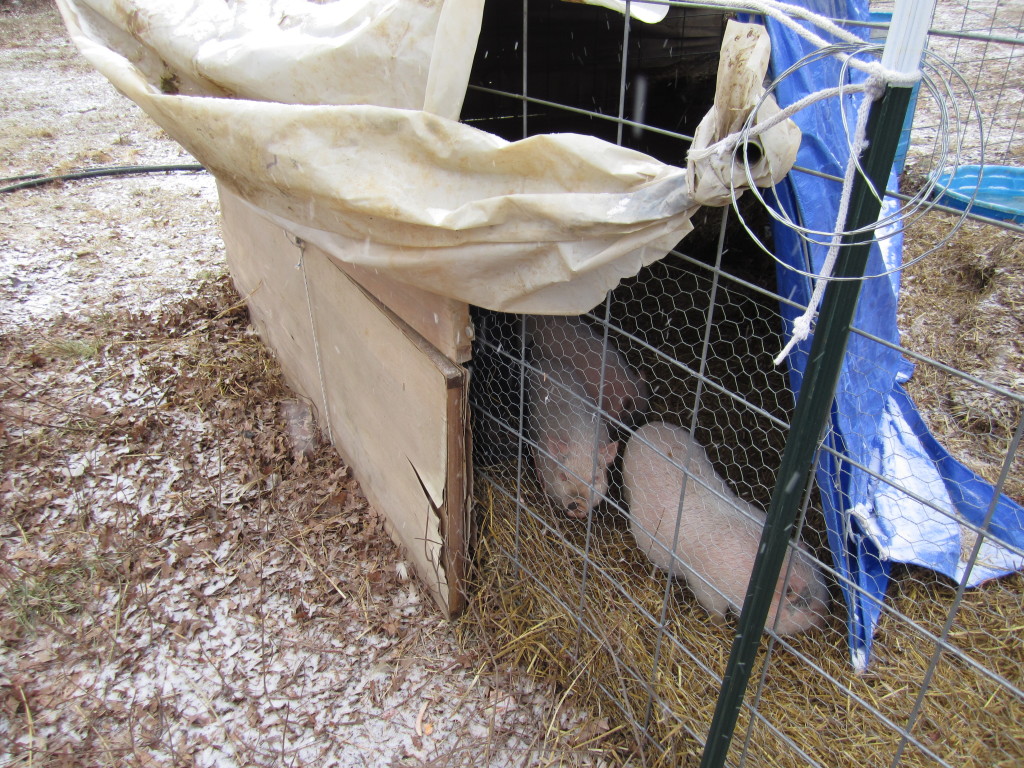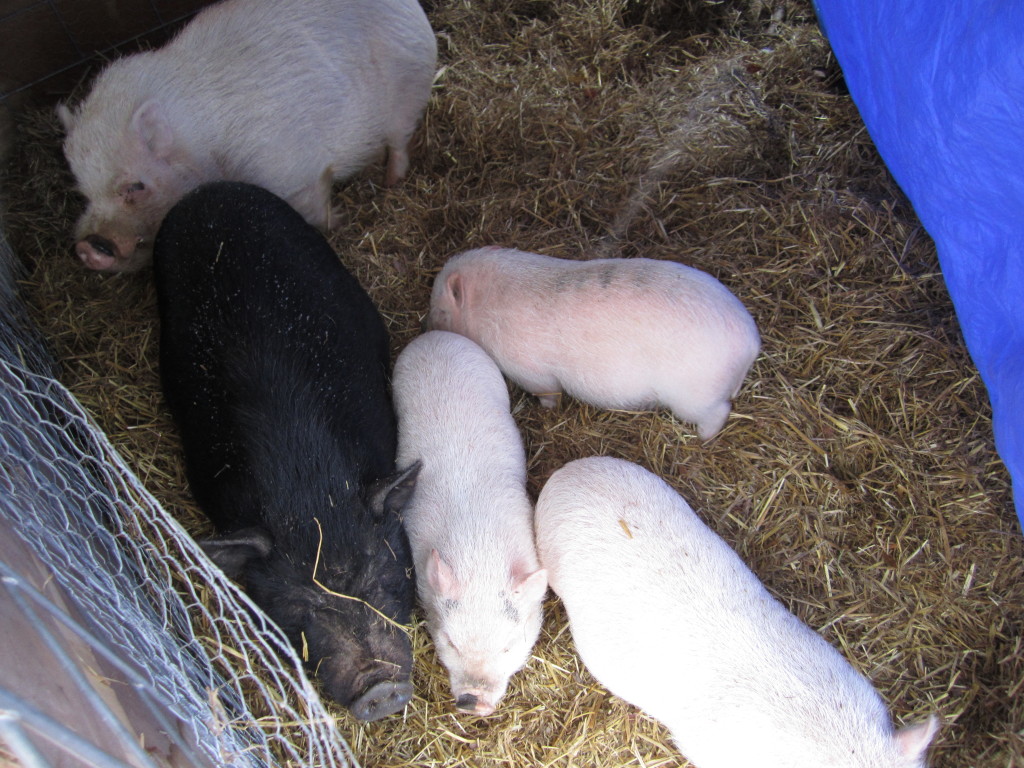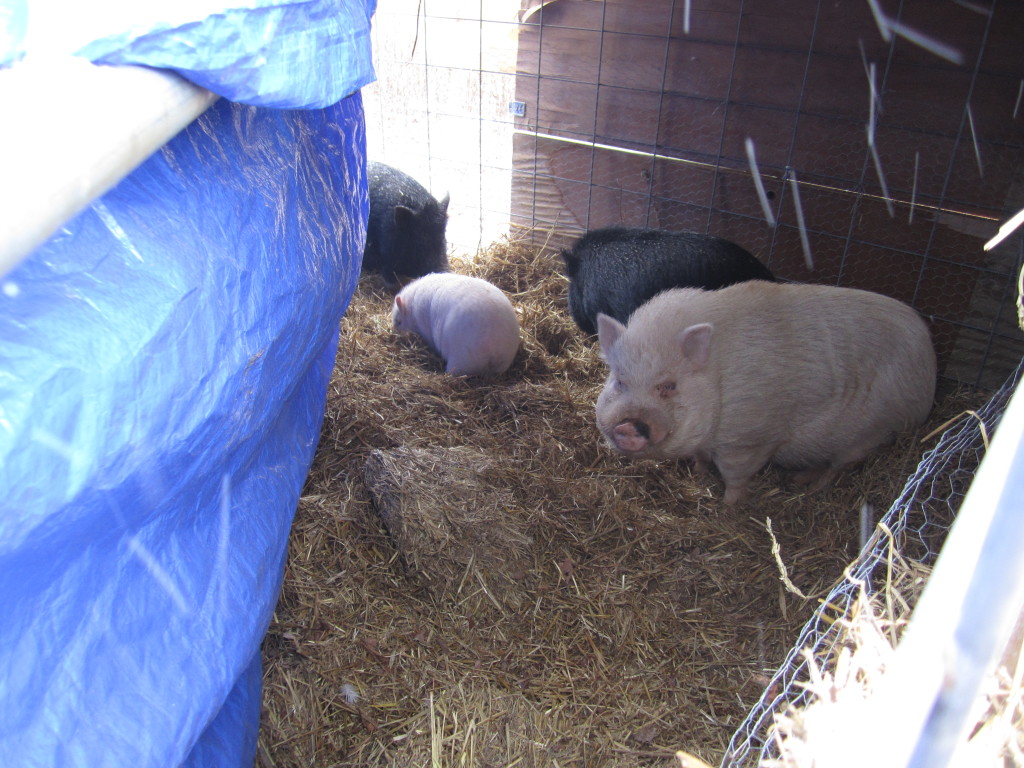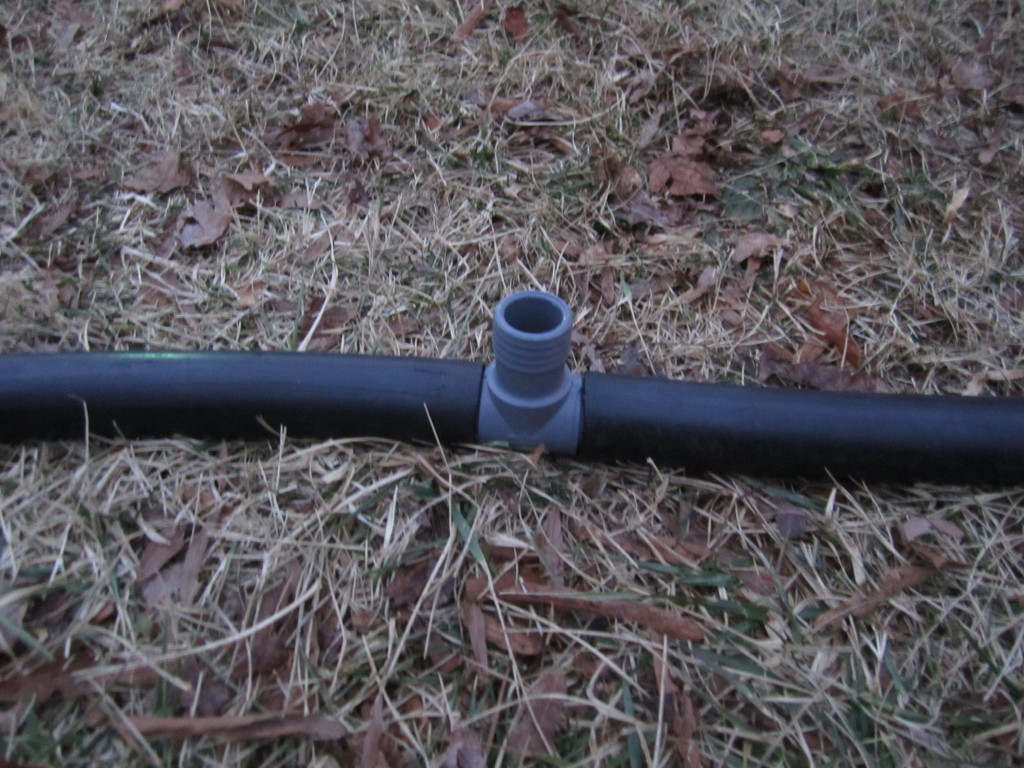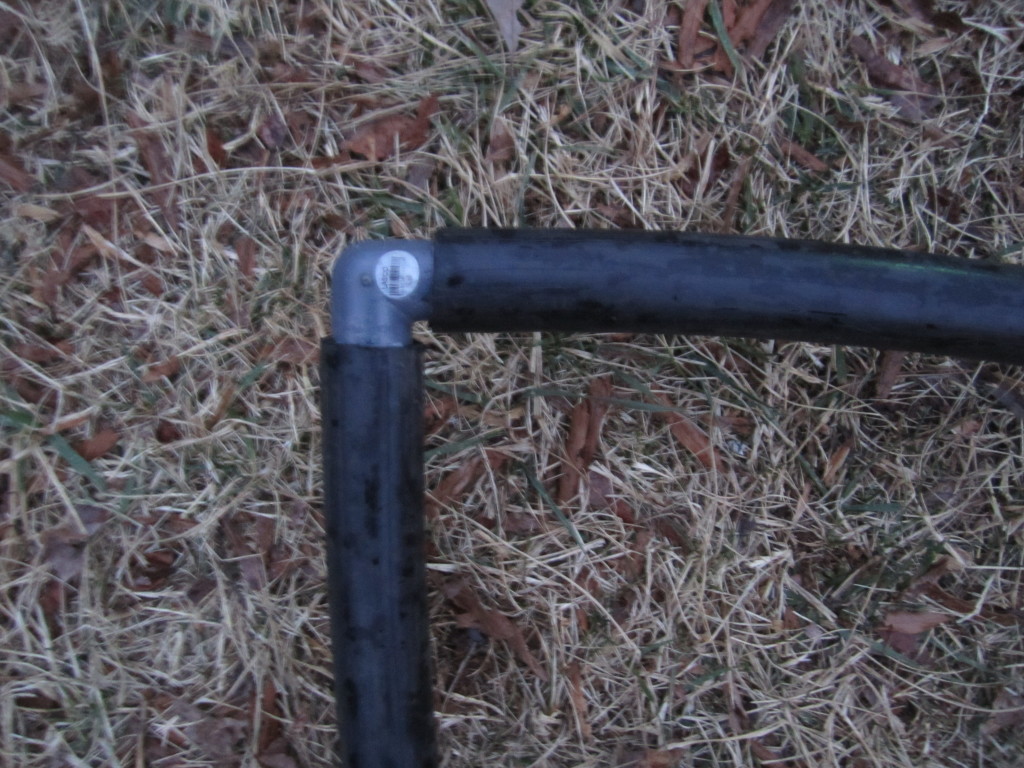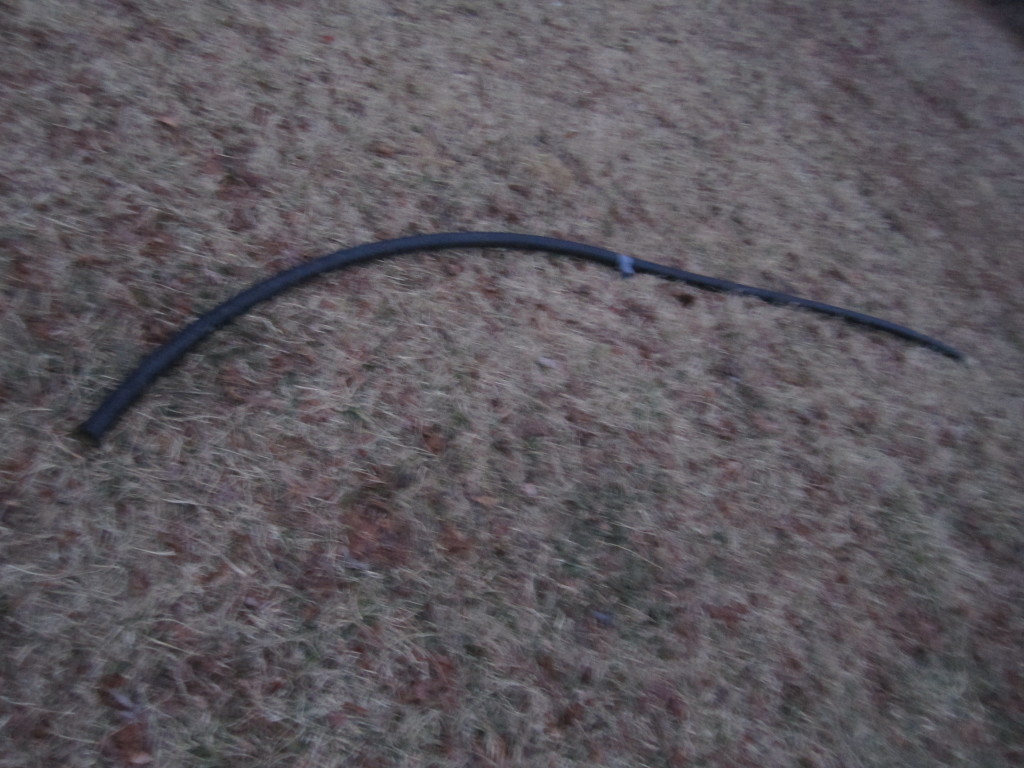It has been a while since we have updated the website, but we’re finally back in the swing of things here!
So much has happened in the last few months (so much that we just couldn’t find the time to post!). We thought that one of our more important updates is to share with you the status of the heritage turkeys...
About a month ago they took over the residence of our crazy, nervous Khaki Campbell ducks! This means that they now have a tractor to live in, which protects them from the elements and keeps them safe. The great thing about raising animals in a tractor is that they get new forage and grass every few days. This makes them much healthier animals because there is always fresh greenery and bugs to eat and because their mobility cuts down on disease. Talk about Thanksgiving deliciousness!
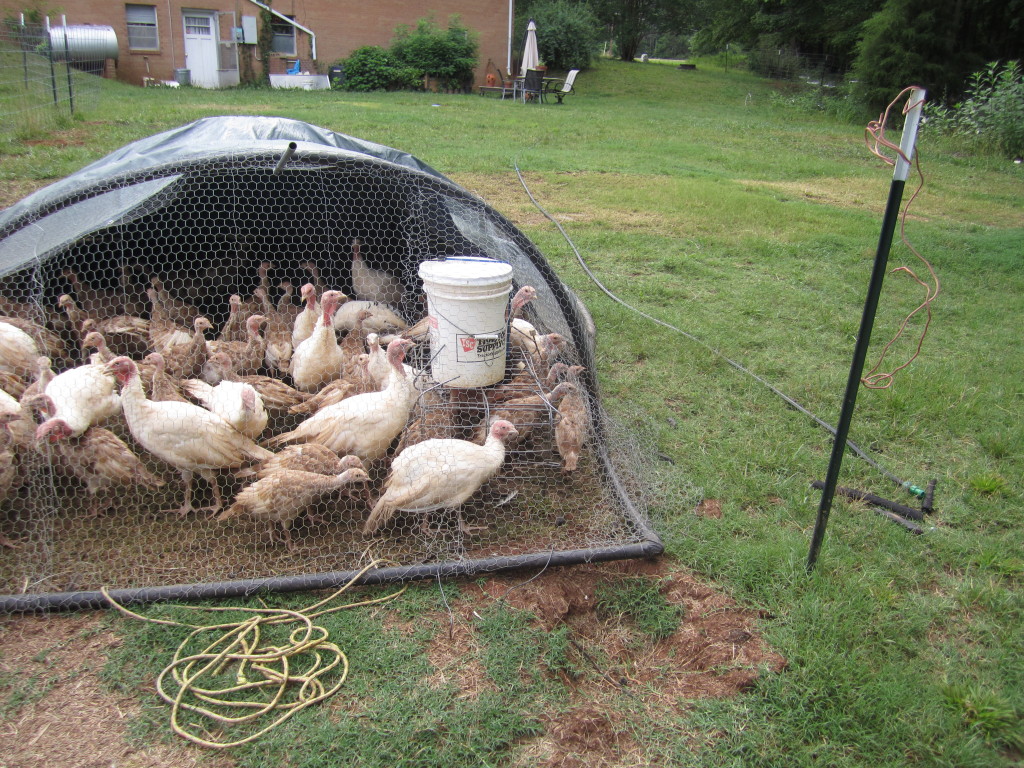
They have been in their grassy place for a day, and later will be moved to the green place to the right.
We moved them to the outside tractor because they matured enough that they didn’t need their heat lamps any more and because we slaughtered the Khaki Campbell males that were living in the tractor. We’ve kept the females for laying eggs and integrated them into the larger, newer duck flock, but we decided it was time to finally taste some duck! Details about the slaughter and butchery to come…
You can see in the video below that the different breeds of turkey are becoming apparent. The white turkeys with the black striped feathers are Royal Palms and the pure white ones are Midget White, Giant White, or White Hollands (I guess we’ll find out as they mature). The majority of the turkeys are Bourbon Red Turkeys, with brown and reddish checker designs on their feathers. When this breed matures they will have solid brown and white patches.
Be sure to check out our Heritage Turkey page for information about ordering your Heritage Thanksgiving Turkey today!
.:.
